How Brand Colours Influence Customer Psychology
Colours play a vital role in influencing people. Various colours trigger different types of emotions and perceptions, which individuals often use to project and communicate a particular mood. For instance, some people are drawn to black and white, minimalistic store aesthetics, as they evoke a sense of luxury, confidence and sophistication, which relates to the individual’s personal brand. Some businesses have identified and capitalised this as a form of strategy, to target their customers and make their products more appealing.
However, many existing businesses struggle to implement colour psychology into their marketing strategy. In most cases, we have encountered clients that either have:
– The wrong brand colours that misrepresent the brand’s mood for their targeted consumers
– They have the right brand colours but are not using it consistently, OR
– They introduce new colours, which offsets their existing brand colours.
In either cases, these 3 examples can compromise brand image and recognition, which can discourage customers and prospects to emotionally connect with your products and services. Therefore, when creating visual communication assets, colours are a really important tool (e.g. advertising and other marketing collateral), to convey feeling, which grabs the attention of your targeted market and leaves a long-lasting impression. If done successfully, it can influence and increase your customers and prospects desire in purchasing your product or service.
“People make a subconscious judgment about a product within 90 seconds of initial viewing; up to 90 percent of that assessment is based on colour, alone”.
– NewsCred
Colour Psychology
In short, the science of colours affects human behaviour. This complex phenomenon can have a subjective influence, due to cultural associations and past experiences, which may sway the way people perceive certain spectrum of hues and shades of colours. Therefore, understanding the psychological effects of colours on your customers, will help you to utilise the benefits within your branding and marketing strategy.
“…research suggests that colours improve brand recognition by up to 80%. The chances are that when you envision big businesses like Coca-Cola, Facebook, and Starbucks, you can automatically recall the way they use colour”
– Fabrik
Below we will briefly look at the most common colours used in many industries and explore the significance of their psychological meanings:
Blue
Represents reliability, security and responsibility, which builds trust amongst customers. We often see this colour being utilised within the following sectors: energy, air travel, technology, finance, and healthcare. As a result, this is the most dominant and powerful colour used for corporate brands (e.g. Twitter, NHS and Linkedin). YouGov reveals that “blue is the world’s favourite colour with green, red and purple following closely behind, depending on location”.
Red
Universally signals danger and is commonly used for stop signs and app notifications. It is also associated with passion, love and desire, so used in romantic settings. Global brands like YouTube and Netflix use red as draw people’s attention, due to its connotation with energy, strength, power.
Green
Associated with nature and health, as it creates a sense of calm by balancing people’s emotions. This is often used by food brands such as Whole Foods and Starbucks, to push the notion of environmental sustainability. Darker tones of green evoke a sense of wealth as it is the colour of money–used by luxury brands like Harrods.
Yellow
Used as a sign of caution for alerts and traffic signals. In contrast, it is also a happy and warm colour, which creates a sense of optimism and cheerfulness (e.g. Snapchat and IKEA).
Purple
Resonates with royalty and bravery, as it combines the stability of blue and the energy of red. It is one of the most expensive colours to reproduce, so is associated with wealth, luxury, and sophistication (e.g. used for the logos of premium brands like Hallmark and Yahoo).
Orange
Implies enthusiasm, creativity, determination and stimulation because it combines the energy of red and the happiness of yellow. This warm colour also encourages optimism and can suggest affordability and value for money (e.g. used within the Amazon and the Home Depot logos).
Black
If overused it can appear intimidating and unfriendly, however, this colour is often used by brands to demonstrate power, authority and sophistication (e.g. Chanel).
With this in mind, take a look at your brand and consider whether it’s aligned with your brand values and appeals to your targeted customers. If not, you should consider doing a brandscape workshop with your team or work with an agency, that can help align your brand identity with your brand colours. Below are 6 steps that should be used as a guideline when auditing or developing your brand colours.
6 steps in colour proofing to increase brand recognition and customer loyalty:
1. Identifying your customers
Placing customers at the forefront of your decision making in your colour selections, will ensure that it appeals and resonates with the right target market. As it’s easy to fall into the habit of picking colours that you like, this may actually contradict with your brand values.
2. Research
Conducting in-depth research will enable you to identify what colours other brands in your sector are using. Are there any common colour associations for your sector? Are there any current trends relevant to your brand and how can you utilise them?
3. Connect your colours to your sector
It’s important to consider whether your brand colours are appropriate for your sector, as customers have been pre-conditioned to relate to these industry colours to a certain need. This can reduce your marketing efforts of evoking certain emotions. For instance, the restaurant industry uses vibrant colours like yellow and red (e.g. McDonalds’ iconic logo) to stimulate appetite and attract their audience.
4. When to challenge the status quo
If you are a disruptor, you should choose different colours in the sector to help you stand apart from your competition, which your customers and prospects get excited about.
5. Synergy of digital and print colours
Colours look different on different platforms, therefore, any good designer will ensure that your brand’s collateral is adapted to suit. This is achieved by having your colour reference code finalised in digital (RGB) and print (CMYK), as this will ensure that your colours have been formatted correctly and consistently.
6. Future proof
Although it’s important to be up-to-date with trends in your sector. A greater emphasis on ensuring your colour palette has longevity. As the light shade of blue that you select now–may look outdated and portray a different meaning in the next 15 years. Notably, your market will evolve and you will have to consider whether your brand requires a refresh or a rebrand, to ensure its agility.
In summary, the psychological colours in your marketing strategy, plays a vital role in shaping and influencing customer behaviours, when engaging with your products and services. Therefore, it is very important to invest the time to make sure that you have the right colour palette for your business.
You’re all set. Time to fly.
If you don’t think that your brand colours sway your customers or struggle to help you stand out from your competitors.
We’re here to help–challenge us for free. Contact us: hello@outfly.io or call us @ +44 773931343









